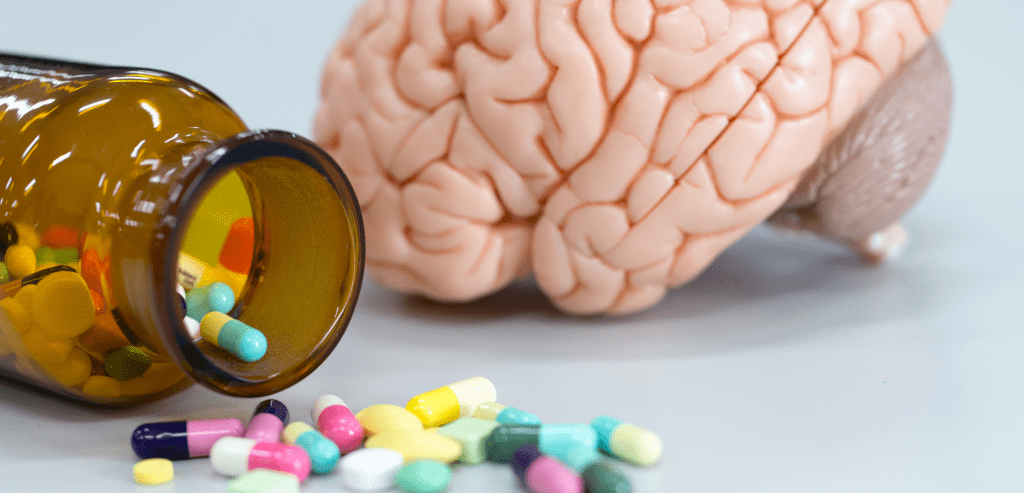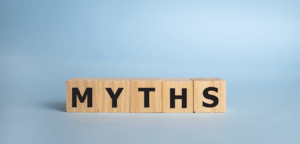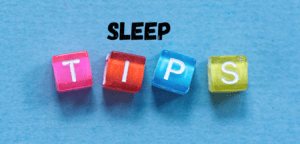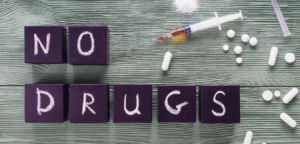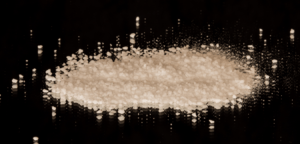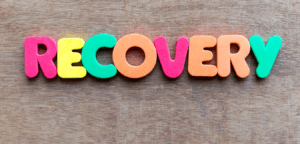Most of us know that drugs and alcohol are bad. They are bad for our bodies, and bad for our emotional and mental health. However, are these negative effects magnified for teenagers and young adults?
Right now, you may have a teenager who is experimenting with drugs, or staying out late at parties with alcohol. You may be concerned about his or her health, but may dismiss this substance use as “just a phase.” Maybe you are looking to learn more about teenage drug use, wondering how exactly drugs affect the brain of a teenager. As a parent, it is important to get educated about the risks of drug abuse on youth, so that you can take the proper steps to getting your teen back on track.
The “Everybody is Doing It” Mindset
We often hear from teenagers (and parents) who justify early drug use as an experimental phase. You likely have heard from your own teen that “everybody” is drinking and using drugs. In some sense, this is true, and your teen is certainly not alone. Across the United States, more than 27 percent of high schoolers have used an illicit drug in the past year, with marijuana being the most common.
However, the frequency of drug abuse among teenagers does not make it okay. The risks are great, yet often overlooked. Throughout the nation, 10 million young people (ages 12 to 29) need substance abuse treatment. This is because of the very negative effects that early drug use had on their brains. If you are wondering, “How do drugs affect the brain of a teenager?” Read on.
Some Background on the Teenage Brain
As parents, you likely know the importance of a child’s toddler years – how their brains are developing and making connections at rapid speeds. Early childhood is one of the most crucial phases of learning and brain development, but what many don’t know is, so is adolescence. In adolescence (from age 13 up to a person’s mid-twenties), the brain goes through another wave of major, dynamic changes.
It is during this time that the brain conditions itself for future experiences. It prunes back the brain cells that get used the least, and strengthens the cells and connections that are most engaged. If a teenager is taking several science courses, for example, but dropped their piano class years ago, their connections to music might get pruned away, while their knowledge (and retention) of the sciences might grow.
It is for this reason that adolescence is considered the most critical window for learning. The brain is still malleable, and highly capable of absorbing new things. As seen in the example above, knowledge that is obtained and emphasized from ages 13 to 25 will be strengthened and retained for the future. However, knowledge that is not utilized will dissipate. As a parent, it is important to ensure your teen is gaining positive learning experiences, because what he or she learns now will shape his/her success down the road.
Not only is the teenage brain going through major developmental changes, it is also unique in its level of maturity and capability. The frontal lobe of the brain – the brain’s thinking center, which is responsible for decision-making, problem-solving, judgement, and self-control – is not fully mature in adolescence. In fact, this lobe is the last to mature, and does not usually happen until age 25. That said, teenagers neurologically are more likely to engage in risky behaviors. You may have noticed your teen has:
- Difficulty controlling or holding back his/her emotions
- An inclination towards high-excitement, yet low-effort activities
- More impulsive and risky behaviors (e.g. drinking and drug use)
- Poor planning and judgment (e.g. rarely thinking of negative outcomes)
Due to hyper-rational thinking and lack of impulse control, teenagers seek thrilling experiences in the moment, but are not always able to weigh the consequences that may result. Teens also have baseline levels of dopamine in their brain, meaning they are bored and seek thrilling experiences more often. In adolescence, excitement is much more rewarding than in adulthood, reinforcing a teen’s inclination to do these things again. That is where the high risk of substance use comes into play.
How Drugs Disrupt the Brain of a Teenager
Because the parts of the brain dedicated to judgement, rational decision-making, and self-control are not yet fully developed, teenagers have a higher propensity to experiment with drugs and alcohol. And because of their stage of brain development, they do not always understand the potential risks. The problem is, early drug and alcohol use in adolescence and young adulthood bears the greatest risks, particularly the risk of chronic addiction. More on that in a minute.
When a teenager uses drugs, the drugs get absorbed into the bloodstream and carried to various organs, including the brain. When drugs enter the brain, they interfere with its normal processing, including the development of cells and the function of the brain’s neurotransmitters, such as dopamine.
Dopamine is the chemical in our brains that allows us to experience pleasure or feel good. It reinforces reward. For example, when we eat food, dopamine is released – telling us that food makes us feel good, and that we must continue to eat to feel satisfied and to survive. But when drugs enter the brain, they release an excessive amount of dopamine and overload the body with pleasurable feelings. The human brain, at any stage of development, is wired so that we repeat activities associated with great pleasure and reward. It is wired to feel as though these pleasurable activities are life-sustaining. Because teenagers have a greater tendency to seek pleasurable activities already (and a reduced ability to measure the consequences), they are highly vulnerable to the temptations of drug and alcohol.
When drugs are used repeatedly, they make lasting changes in the brain and the way it functions. But when teenagers use drugs repeatedly, the consequences can be even worse. The teenage brain is learning and absorbing new behaviors. When something releases a high amount of pleasure – such as drug use – the brain considers that a very important activity. The brain remembers it and strengthens it, pruning back on other areas, instead. But because teenagers’ reward circuits are still being developed, their ability to bounce back to normal after using drugs is lessened, due to how drugs affect their brain.
Drugs are chemicals that tap into the brain’s communication system. Certain drugs can activate nerve cells improperly, damage brain connections, and send abnormal messages throughout our brain circuits. When drug use is introduced and repeated, the brain will send messages to the rest of the body saying that it needs the drugs to function. The body will feel this (through withdrawal symptoms, or intense cravings) and cause a user to seek out drugs once again. This is part of the addiction cycle, and this is why addiction is considered a brain disease. Users often cannot stop using drugs, even when they want to, because of the consequences that the brain and body experiences.
You see, in response to an overload of dopamine, the brain will eventually send less “feel good” signals out to the body. This contributes to the low or down period after a drug wears off. And over time, as drug use is repeated and a user’s dopamine levels are reduced, a tolerance will build. That person will need more of the drug, more often, to feel the same pleasurable effects. This is a tell-tale sign of drug addiction, but the risks extend beyond that. Often, addicted teenagers will increase their drug dosages without thinking twice, and later overdose by taking too much.
The Risks of Drug Use for Teenagers
The impact of addiction on the teenage brain is great, in that long-term substance use can cause long-term issues with memory, learning, attention, coordination, and even IQ levels. According to one study, youth who drink heavily (20 drinks per month) or binge drink (more than 4-5 drinks in one occasion) show abnormalities in their brain structure volume, white matter quality, and activation of cognitive tasks involving attention, memory, spatial recognition, and executive functioning.
Even occasional drug use during the teenage years can cause severe effects, in that it can put a teen at an increased risk for a substance use disorder (i.e. clinical addiction). Remember, addiction is a learned disease. Introducing drug use just a few times in adolescence can put a teenager on the path to using them again (and again) in the future, assuming their brain remembers the pleasure from it.
As cited in our article, 5 Things to Know About Drugs and Teen Brain Development, teenagers who begin using any addictive substance before age 18 are 6.5 times more likely to develop a substance use disorder. Those who start drinking before age 15 are 4 times more likely to become addicted than those who start at age 20 or later. 9 out of 10 people with substance addictions first begin using before they turned 18. The risk of substance addiction is highest for those who start using before their brain is fully developed.
How else do drugs affect the brain of a teenager? In addition to the lasting cognitive effects of drugs on the adolescent brain, teenagers who use drugs or alcohol are more likely to perform poorly in school, get in trouble with the law, and have health-related, family, or social issues. However, there is hope. Teenage substance abuse and addiction is very treatable, with early intervention and professional help.
According to the National Institute on Drug Abuse, “When substance use disorders are identified and treated in adolescence, especially if they are mild or moderate, they frequently give way to abstinence from drugs with no further problems.”
Credited to:Turnbridge.

